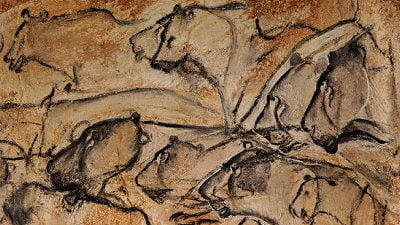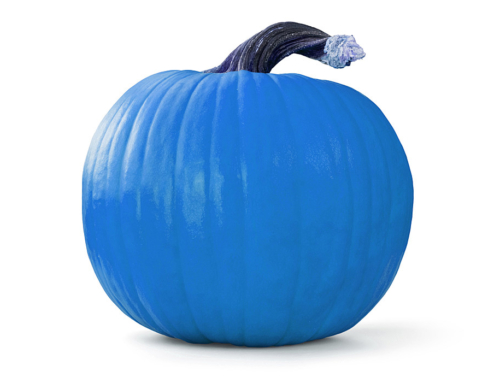People with autism may have an advantage when it comes to creating realistic art, according to new research
A new study suggests that autism and the ability to create realistic art may be linked, due to the fact that people with autism tend to be better at retaining images and at focusing on tasks for long periods of time than those without. Furthermore, this study argues that autism is an adaptive trait, rather than a maladaptive one, which may have helped our prehistoric ancestors focus on detailed tasks for long periods of time.
Prehistoric Autism
The harsh conditions of the last Ice Age favored those who were very aware of their surroundings and able to develop tools and other complex systems of survival. This meant that those who were naturally predisposed to focus on long, detailed tasks, who were extremely  aware of the makeup of their surroundings, who were able to keep clear mental images, and who were able to easily analyze patterns were better equipped for survival. These skills are often found in people with autism and tend to be less prominent in those without, so people with autism would have had a bit of a leg up during the Ice Age.
aware of the makeup of their surroundings, who were able to keep clear mental images, and who were able to easily analyze patterns were better equipped for survival. These skills are often found in people with autism and tend to be less prominent in those without, so people with autism would have had a bit of a leg up during the Ice Age.
The ability to focus on long tasks in great detail allowed ancient humans to develop tools for the first time. Humans who were able to retain accurate mental images of their surroundings would have been extremely valuable, especially if distinct landmarks were scarce. The ability to recognize patterns would have helped them to make sense of animal habits and migration patterns, making it easier to track prey and avoid predators. Having a family member with autism would have made survival much easier for the entire group.
Cave Art
Ancient cave drawings were incredibly detailed and realistic. The ability to recreate realistic images is very common among people with autism, and very rare in people without. This new theory of autistic artists makes more sense than a popular theory about drug-using cave artists—drug use may amplify pre-existing creative abilities, but it will not grant new ones. If a particular artist is unable to create realistic images, drug use will not grant him or her this ability. But artists with autism, who often possess this skill already, would be able to create lifelike art completely uninhibited.
In addition to being artistically impressive, cave art is thought to have provided valuable information about local animal populations and their migration habits. The highly detailed, pattern-oriented art of people with autism would have been extremely useful in this regard.
Autistic Art Today
Even though we are not reliant on cave art today, people with autism still possess keen artistic





